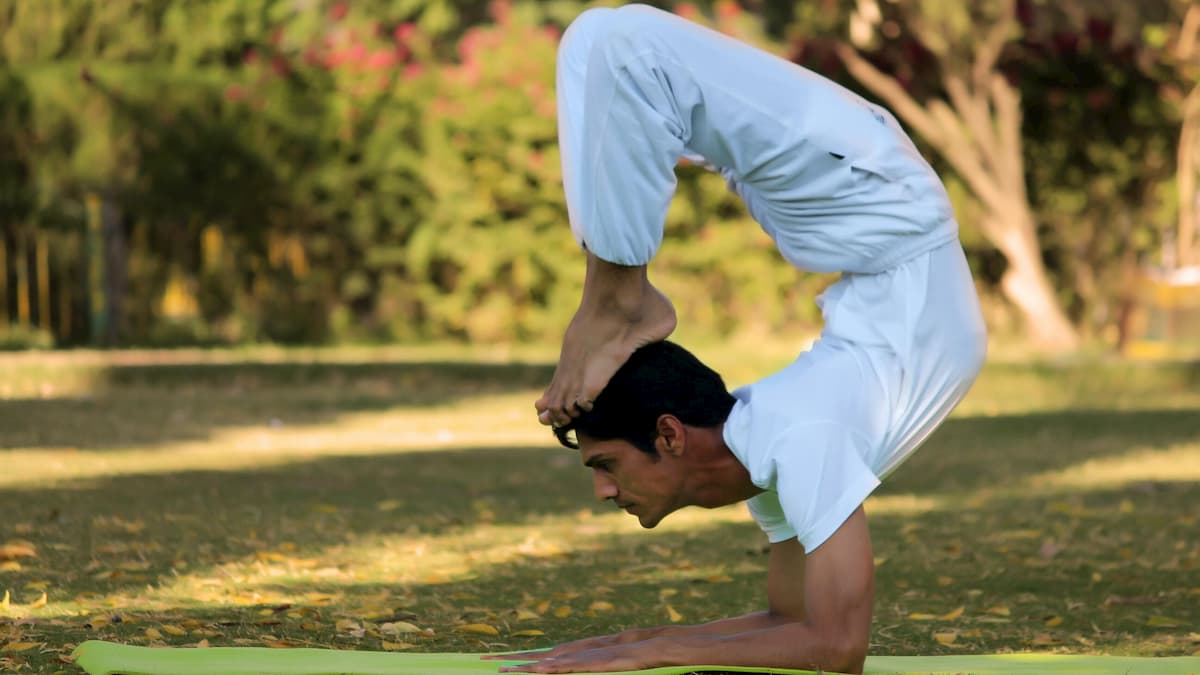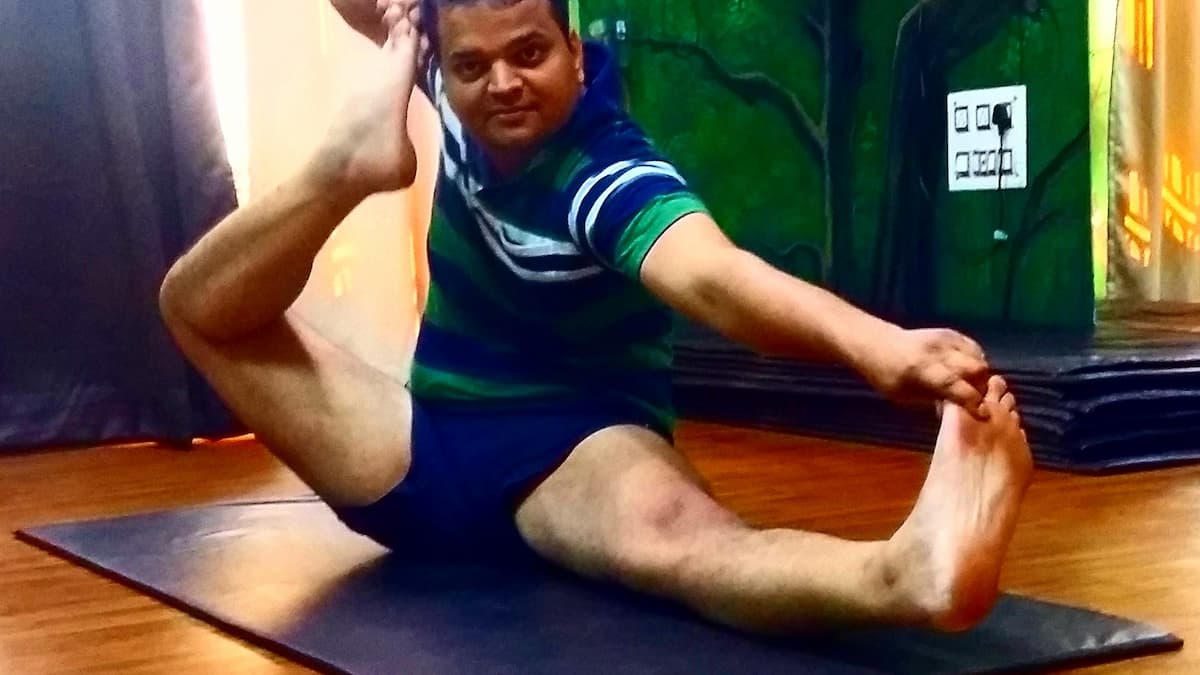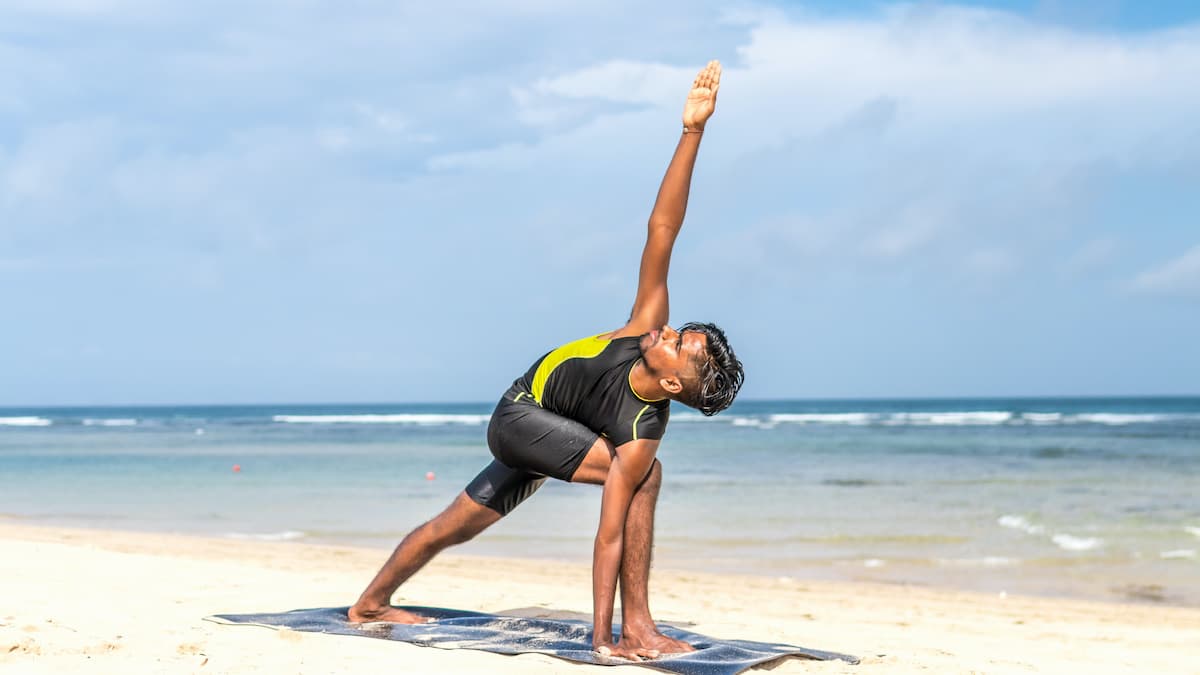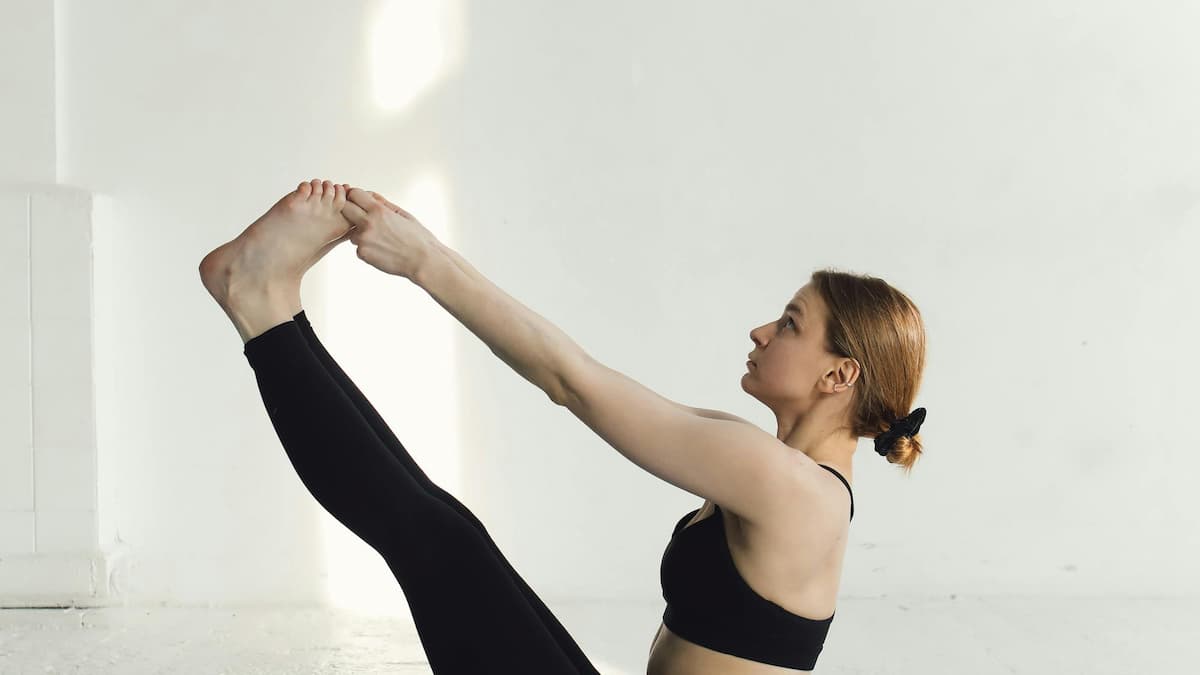Introduction
Vrischikasana is an advanced-level yoga pose. It is an inverted, back-bending, arm-balancing yogic posture. The medieval classic yoga texts did not mention this yoga pose. The earliest documentation of this yoga pose is found in Lights On Yoga by B.K.S. Iyengar, published in 1966.
Iyengar Yoga Manual describes two variants. Vrischikasana-I is a forearm balancing variant and Vrischikasana-II is a more advanced hand balancing variety. The second variant requires a higher skill level.
Vrischikasana Information
| Pose Name | Vrischikasana |
| Sanskrit Name | वृश्चिकासन |
| IAST | vṛścikāsana |
| English Name | Scorpion Pose |
| Difficulty Level | Hard |
| Origin | Modern |
| Group | Shirshasana |
| Type | Inverted Backbending Arm Balance |
Vrischikasana Meaning
The Sanskrit term vṛścika means a Scorpion and āsana means a posture. Therefore it is called Scorpion Pose in English.
This yoga posture is similar to the posture of a scorpion during its defense mode. In defense mode, the tails of the scorpion are up and ready for a bite in resistance to a threat. It gets this name because it resembles the posture of a scorpion about to strike.
Vrischikasana also has psychological significance. The head, which is the seat of knowledge, also a seat of pride, anger, hatred, jealousy, intolerance, and malice. These emotions are more deadly than the poison which the scorpion carries in its sting. The yogi, by stamping on his own head with his feet attempts to eradicate these self-destroying emotions and passions. Thus, he seeks to develop humility, calmness, and tolerance and to free from ego, for the subjugation of ego leads to harmony and happiness.
Asana, Pranayama, Mudra, and Bandha by Swami Satyananda Saraswati
Vrischikasana Procedure
Vrischikasana Precautions and Contraindications
The whole weight of the body is on the arms. That said, it is contraindicated in conditions like elbow issues, weak arms, and shoulder problems.
Additionally, the posture requires high flexibility in the lower spine region. If you have conditions like back pain, disc problems, groin issues, ligament pain, and hernia, you should avoid this practice.
Also, if you have uncontrolled high blood pressure, neck issues, stroke vulnerability, or vertigo, consult your doctor before taking this practice. Pregnant Ladies, aged persons, and people having issues in their eyes should avoid this pose.
Preparatory Poses
How to master Scorpion Pose?
The practice of following postures prepares you to master Scorpion Pose.
If you can do the handstand with comfort, it will be easier to master the Scorpion Pose.
Vrischikasana Steps
Step 1
Assume Feathered Peacock. Breath Normally. Bend the knees. Simultaneously arch the back.
Step 2
Ensure that the arms are on the sides of the head. The arms should be parallel with palms facing down.
Step 3
Also, ensure the upper arms verticle, and lower the legs towards the head. Simultaneously raise the head back towards the feet.
Step 4
Place the heels on the top of the head. This is the final position. Breath normally. Keep the position as long as it is comfortable. To release the position, come back to Feathered Peacock.
Duration
It is hard to remain in the final position for a longer time. For beginners, a duration of 30 to 60 seconds is enough. Adepts may go for a longer duration of time according to their capacity.
Follow Up Poses
After releasing the pose from Feathered Peacock, the practitioner should assume Shashankasana for a period of one or two minutes before coming back to a standing position.
Tips for the Beginners
Placing the heels on the top of the head is harder for beginners. Hence they should do it in a stage-by-stage manner. It should be done slowly and carefully because there is a risk of losing balance and falling. If it is not achievable in one day, keep on trying. In due course, it will become easier.
It is advisable to start the practice near the corner of a wall and keep some cushions on the opposite side of the corner to avoid any injury in case of a fall.
Vrischikasana Benefits
The benefits of Scorpion Pose are many which include the following.
- It strengthens the forearms and shoulders.
- Also, it improves the flexibility of the joints of the lower spine, hips, knees, ankles, and neck.
- As a result, it prevents any issues in those parts of the body.
- It prevents and treats varicose veins. Moreover, it makes the lower part of the body more relaxed. Normally, the lower parts of the body are under constant stress. Regular practice relieves the stress on those parts.
- It provides all the benefits of other inverted postures like Shirshasana, Sarvangasana, and Pincha Mayurasana.
- It improves conditions like erectile dysfunction, feeble erection, menstrual disorders, and impairment due to frequent childbirths. Also, it helps to maintain celibacy.
- It improves glandular functions. As a result. it prevents many diseases.
Vrischikasana Variations
What we have already seen is Variant I. In this variant, the body’s weight is on the firearms only.
Vrischikasana II
In this variant, the weight is the palms. It is harder than the first one. Hence, one should practice only after having mastery over the first variant.
Instead of starting the posture from Feathered Peacock, Start from Ganda Berundasana. All other steps are the same except for the position of the forearms. Instead of placing the forearms on the ground, place the palms on the ground.
Eka Pada Vrischikasana
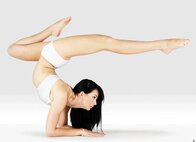
In this variant, everything is similar to Variant I except for the position of the legs. Instead of placing the heels on the top of the head, one leg is extended and another leg is bent. However, the benefits of all variations are more or less the same.
